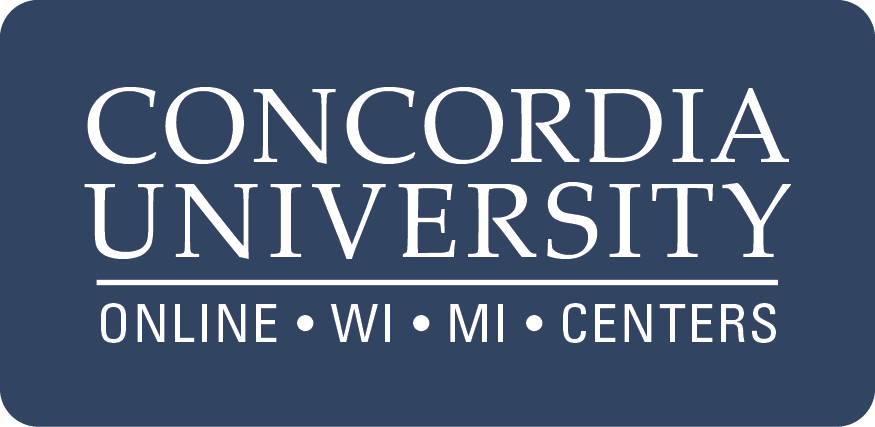January 17th EditionAdministrator Contracts: Key Deadlines Loomingby Malina Piontek, Attorney, LLC The NFL has the coaching carousel which typically begins spinning in late December or early January. For administrators in Wisconsin, late December/early January is similarly a time of movement, largely driven by the statutory nonrenewal process. The first statutory deadline for the administrator contract nonrenewal process is January 31, 2018, a little less than two weeks away. Why is this time frame so important? State law requires principal contracts to be in writing and filed with the school district clerk. It also establishes a specific process by which such contracts will be renewed, or not be renewed. This Update Bulletin will cover the essentials of Wisconsin’s administrator contract law (Wisconsin Statute 118.24, also referred to in this Update as the “administrator contract law”), and the steps you need to take to protect your contract rights. Being Vulnerable and Strong at the Same Timeby Joe Schroeder, PhD Associate Executive Director, AWSA John Hattie (Donohoo 2016) cites collective efficacy as the variable with the highest effect size on student achievement. This makes sense because, in such a case, we have a whole faculty feeling effective—able to actually accomplish better student achievement and equitable conditions for all. But collective efficacy does not happen on its own. Such collective efficacy is a product of leaders and teachers building a particular organizational culture, what Michael Fullan describes as collaborative culture or what Jon Saphier refers to as adult professional culture (APC). A draft publication in November by Saphier makes a bold statement important to any leader wishing to have major impact on student learning: “Our learning and research, supported solidly by 40 years of school improvement work and by the research [in a bibliography of over 50 cited publications], indicates that there will be no sustainable improvement in student results and no elimination of the achievement gap until leaders and teachers succeed in building a particular organizational culture.” This article aims to briefly share key attributes of such a culture and the leadership that can develop it. Please Complete 2018 AWSA Membership Satisfaction SurveyEvery other year, AWSA requests member input through the Member Satisfaction Survey. This year's survey is available online here. We know your time is valuable and thank you for making time to provide your input on improving our association. The survey takes 5-10 minutes to complete.
January 31st EditionIs “Personalized Learning” in Danger of Becoming Inherently Impersonal?by Kristi Levy, Principal, Washington Elementary, Oshkosh Area School District In 2016, the Oshkosh Area School District found itself facing a challenge that was not altogether unique. In a community driven process to create a cohesive vision and strategic plan for our schools, our stakeholders came forward with five key priorities. At the forefront of those priorities was a renewed emphasis on improving student learning for all. In short, our community wanted instructional practices and opportunities provided to support individual learners so that when we said all students learn, we really meant ALL. They asked for extra support for struggling learners, enrichment and accelerated opportunities for high-achieving students, programs of choice at all grade levels and career/interest based pathways through the curriculum. In essence, they asked for Personalized Learning. As such, the Oshkosh Area School District faced the same community “Ask” so many districts around the nation did -- make learning personal. So how is it, two years later, we ask ourselves: Is “Personalized Learning” in danger of becoming inherently impersonal? Race and Disability: What We Need to Know, What We Can Doby Courtney Reed Jenkins, Special Education Team, Wisconsin Department of Public Instruction I started working in schools in 1989. I was a paraprofessional in a segregated school, working with a seasoned special education teacher who taught me how to engage students and build strong and authentic relationships with families and the communities in which they live. I appreciated the mentoring: as a White woman who didn’t speak Spanish, I needed a cultural bridge to the Spanish-speaking families and their communities. My work had me thinking regularly about the intersection of race and ability in U.S. schools. Almost thirty years later, my work still focuses on that intersection. I work with educators in Wisconsin schools and districts with patterns of racial disproportionality in special education identification, placement and discipline. These educators are from all corners of Wisconsin and are in small, medium, and large districts. They are urban, suburban, and rural educators. Some of their districts have large percentages of students whose family incomes qualify for free/reduced-price meals; others don’t. |


